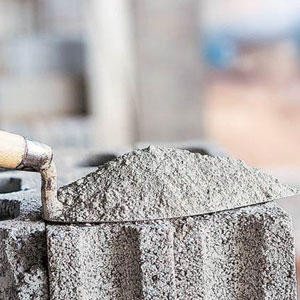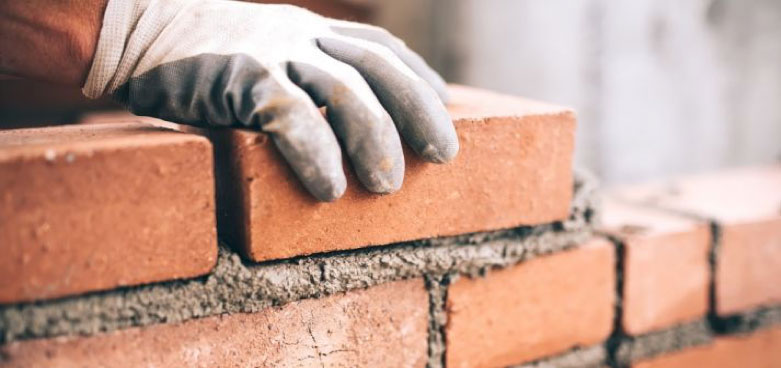CEMENT
Cement, one of the most important building materials, is a binding agent that sets and hardens to adhere to building units such as stones, bricks, tiles, etc. Cement generally refers to a very fine powdery substance chiefly made up of limestone (calcium), sand or clay (silicon), bauxite (aluminum) and iron ore, and may include shells, chalk, marl, shale, clay, blast furnace slag, slate. The raw ingredients are processed in cement manufacturing plants and heated to form a rock-hard substance, which is then ground into a fine powder to be sold. Cement mixed with water causes a chemical reaction and forms a paste that sets and hardens to bind individual structures of building materials.

HISTORY OF CEMENT

Cement, though different from the refined product found nowadays, has been used in many forms since the advent of human civilization. From volcanic ashes, crushed pottery, burnt gypsum and hydrated lime to the first hydraulic cement used by the Romans in the middle ages, the development of cement continued to the 18th century, when James Parkerpatented Roman cement, which gained popularity but was replaced by Portland cement in the 1850s.
In the 19th century, Frenchman Louis Vicat laid the foundation for the chemical composition of Portland cement and in Russia, Egor Cheliev published the methods of making cement, uses of cement and advantages. Joseph Aspdin brought Portland cement to the market in England and his son, William Aspdin, developed the “modern” Portland cement, which was soon in quite high demand.
The cement used today has undergone experimentation, testing and significant improvements to meet the needs of the present world, such as developing strong concretes for roads and highways, hydraulic mortars that endure sea water and stucco for wet climates.
The top three cement producers of the world as recorded in 2010 are the USA, China, and India. Among these countries, China alone manufactures about 45% of the total worldwide production of cement. Global consumption of cement continues to rise since it is a non-recyclable product and so every new construction or repair needs new cement. Especially in the economies of Asia and Eastern Europe, cement production is an important element of progress.
Among the developed capitalist countries, the leading producers of cement are USA, France, Italy, and Germany. Iran, now the top producer in the Middle-East, occupies the third position in the world for cement manufacture.



